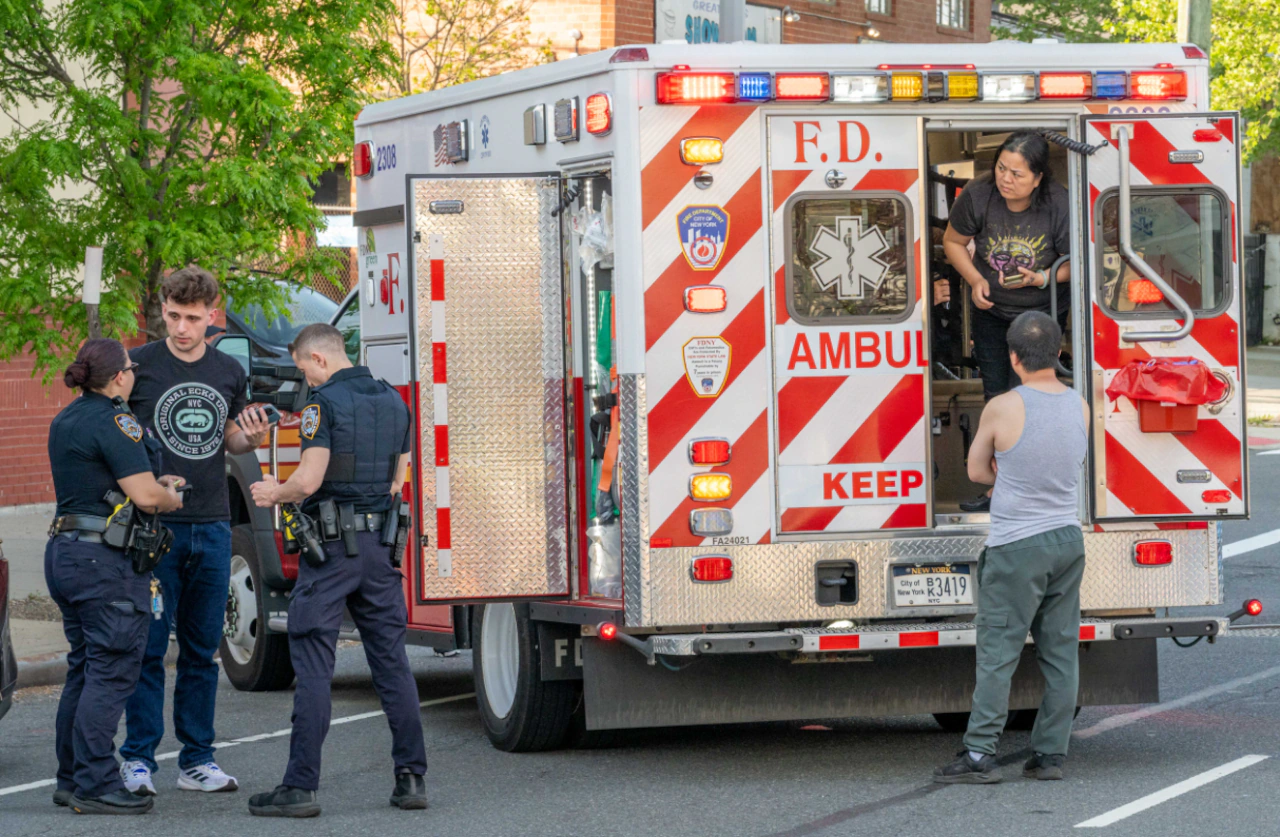
Several Staten Island elected officials, including some who have served in Congress, have raised objections to the proposed daylighting bill. Their criticisms misrepresent both the intent of the measure and the evidence behind it.
Universal daylighting, the removal of parking spaces near intersections to improve visibility, is not a theory. It is a proven safety strategy, supported by decades of research and implemented in cities across the United States and abroad. The results are consistent: fewer crashes, fewer injuries, and fewer fatalities.
The Federal Highway Administration has identified restricted sight distance at intersections as one of the leading causes of pedestrian and cyclist crashes. Daylighting addresses this by clearing vehicles that block views of drivers and pedestrians.
Studies from New Jersey and California show crash reductions of 10% to 30%. New York City itself has seen improvements. On Jefferson Avenue and Mason Avenue on Staten Island, once corner parking was removed, residents noticed fewer near-miss incidents. Drivers now turn with clearer views of traffic and pedestrians. These outcomes echo what has been observed in Manhattan’s Lower East Side and Brooklyn’s Park Slope section, where daylighting has improved safety.
Critics sometimes argue that daylighting increases vehicle speeds. This is misleading. In fact, drivers make safer turns when they can see clearly. Cars parked at corners create blind spots that force pedestrians into traffic before they are visible. Hoboken, New Jersey, provides the strongest rebuttal: Since adopting universal daylighting, the city has seen a 40% reduction in pedestrian injuries and a sharp drop in turning-related crashes. Visibility slows recklessness. It does not encourage it.
Some opponents cite Staten Island’s Seaview Avenue redesign as proof that daylighting is flawed. But Seaview was not a daylighting project; It was a broad redesign that added bike lanes, pedestrian islands, and center-lane parking. Daylighting is narrower in scope and simpler in application. It does not remove travel lanes, reroute emergency access, or impose confusing layouts. Its purpose is singular: Restore visibility at intersections. Equating the two misrepresents what this bill is about.
Others argue that Staten Island’s reliance on cars should exempt it from daylighting. Limited transit options does mean residents depend heavily on driving, but that cannot justify unsafe intersections.
According to the National Highway Traffic Safety Administration, over a quarter of pedestrian crashes occur at intersections, most involving obstructed visibility. Daylighting helps both pedestrians and drivers by reducing collisions and preventing costly accidents. Parking convenience should not outweigh safety.
There are also suggestions that smart traffic signals or reinvesting enforcement revenue would be better solutions. While valuable, those measures cannot replace visibility. Technology and enforcement work best alongside safer design. A daylighted intersection paired with smart infrastructure is exponentially safer than either approach alone. This is why cities like Seattle, San Francisco and Hoboken have made daylighting a central part of their safety programs.
Local examples reinforce the point. At Victory Boulevard and Clove Road, clearing corner parking led to fewer near-miss incidents and smoother traffic during peak hours. On Richmond Road and New Dorp Lane, daylighting introduced in 2022 made crossings safer for seniors and families, with pedestrian crashes falling by 23% the following year.
Along Hylan Boulevard at Old Town Road, eliminating corner parking removed blind spots, reduced double-parking, and cut collisions. These results demonstrate that daylighting works here, not just elsewhere.
The evidence is overwhelming. Universal daylighting is not an attack on drivers, nor is it a symbolic gesture. It is a lifesaving measure that benefits everyone: pedestrians, children, cyclists, and motorists alike. Staten Islanders deserve streets where children, seniors and families can cross without fear. Protecting parking spaces at the expense of visibility undermines safety, particularly in a borough that often feels neglected in citywide planning.
As Councilman Frank Morano has emphasized, policy should prioritize safety over fear and the risk of tragedy. Rejecting daylighting on misconceptions only perpetuates preventable injuries and fatalities. Instead, it should be recognized as a critical investment in safety, fairness, and quality of life for all New Yorkers, especially Staten Islanders, who too often feel like they live in the forgotten borough.
Universal daylighting is more than sound policy. It is a moral responsibility to protect lives.



